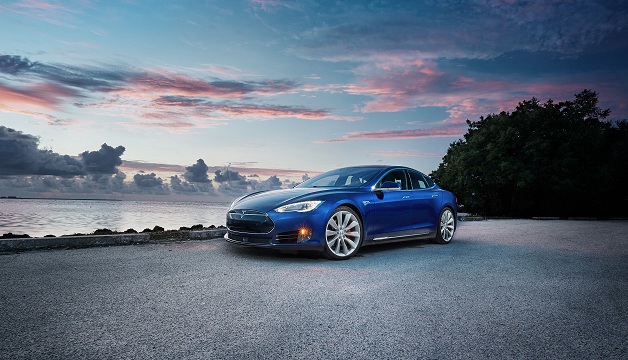The dream of fully autonomous vehicles in our everyday lives is a compelling one. Imagine a world where automobiles are truly automatic: you will need only to enter a vehicle, tell it where to go and carry on with your life while you’re transported from point A to point B, without any further human interaction.
Suddenly, the national average commute of 26 minutes to the office – the longest it has ever been – begins to vanish. The anxiety and stress of driving transforms into a relaxing and productive experience.
It’s no surprise why there are so many exciting proposals and positive regulatory conversations happening around autonomous vehicles. Self-driving vehicles would fundamentally transform global transportation networks in urban areas and beyond, while also rewriting the rules around the transportation infrastructure, vehicle ownership and so much more.
The latest forecast from IHS Automotive calls for sales of nearly 21 million autonomous vehicles globally by 2035, amid pivotal developments in requisite technology such as Internet of Things (IoT) connectivity, processing power and machine vision.
Consider today’s landscape:
- The ability of machines to connect through IoT has become a game-changer across numerous industries, but it still remains a nascent technology. Gartner Inc. predicts that there will be 20.4 billion connected things around the world by 2020.
- Regular vision backup cameras are a common feature on vehicles today, but cameras that help beyond that are rare. Cameras that work in the visible light wavelength are insufficient for the next generation of demands because they cannot pierce or make sense of inherently chaotic environments such as rain, dust, fog and darkness.
- Our road networks generally lack the intelligence needed to handle smart vehicles. They need to be able to understand and communicate the myriad dynamics of a busy intersection or congested highway.
- All of these systems – from vehicle to camera to traffic network – lack robust integration. What’s needed is a complete system solution that can rapidly work together and provide a compelling, affordable, potentially safer and more efficient transportation infrastructure.
The promise of this technology is clear from a business standpoint. Research firm PwC says that by 2022, autonomous packages will have the largest incremental impact on new car sales – about $54.9 billion, up 31% annually from 2017.
Although safety packages like radar detection will generate $58.2 billion in 2022 (at an average annual growth rate of 27%), most of this value will be integrated into list prices, and eventually into autonomous packages. Meanwhile, premium vehicles are expected to contain more than $6,000 worth of electronics in five years, driving a $160 billion automotive electronics market in 2022.
Fortunately, the foundation of this future is already underway from a technology standpoint. As IoT innovation accelerates, new Smart Sensors are giving connected machines like automobiles a better way to see and interpret the world.
Perhaps most importantly, a new breed of Smart Sensors using millimeter-wave (mmWave) radar technology provides visibility at extended ranges regardless of environmental conditions. These integrated solutions use short-wavelength waves to transmit electromagnetic signals to determine the range, velocity and angle of objects in the surrounding environment. At TI, our mmWave-sensing devices integrate a 76GHz-to-81GHz mmWave radar with a microcontroller (MCU) and digital signal processor (DSP) cores on a single chip.
The benefits of these new devices are significant. Because of integration, they are smaller and consume less power at a lower cost compared to previous options. They incorporate advanced algorithms to measure the range, velocity and angle of objects for object tracking, classification or application-specific functions.
The integration of mmWave extends to advanced driver assistance system (ADAS) solutions to change how vehicles see, and how transportation systems sense the world around them. Ultimately, this integration could drive the development of safety-enhancing applications and create a safer driving environment for drivers, passengers and pedestrians.
Cruise control can now have enhanced obstacle detection. Passengers can now use gesture controls to operate convenience functions like the infotainment system. And Smart Sensors built into the seats can now monitor the health of drivers by regularly checking their heart rate and pulse.
These are among the more immediate benefits for drivers and passengers alike. Eventually, this combination of technologies will give vehicles the added powers of perception they truly need to become an automatic and everyday part of our world, enabling better-automated decisions based on a more accurate 3-D sense of a car’s surroundings.








